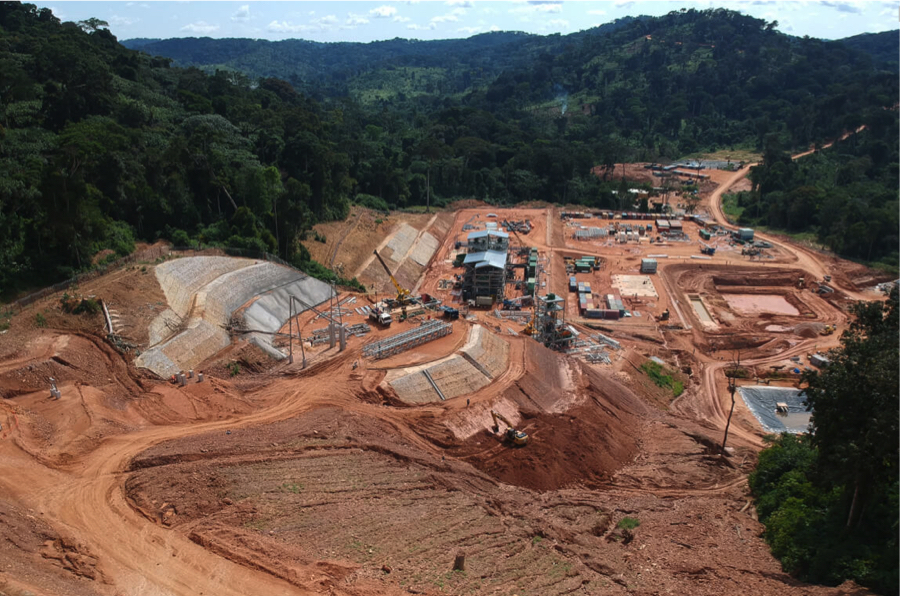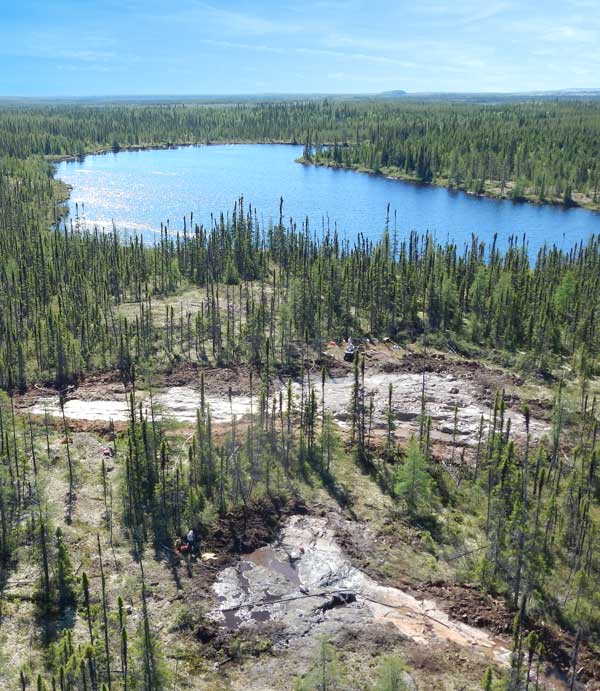Shrinking demand to eclipse supply issues in tin market

The tin market is under greater pressure from an economic slowdown and falling demand than supply issues, where lower production from countries such as Myanmar is likely to be offset by a new project in central Africa.
Tin prices on the London Metal Exchange at around $18,000 a tonne are down 15% since hitting one-year highs at $21,800 a tonne in February, when the market was fretting about record low stocks in LME approved warehouses.
The prolonged trade dispute between the world’s two largest economies, the United States and China, are behind deteriorating prospects for demand from electronics companies which use tin as solder, chemical and battery industries.
“The likelihood of tin demand contracting this year, particularly in China, is high,” a fund manager focusing on industrial metals said, adding that too much had been made of a study showing tin to be a major beneficiary of new technology.
“There’s no doubt tin demand will grow from things like electric vehicles, but we don’t have any detail as the study doesn’t give any timelines or tonnages.”
The study carried out by Massachusetts Institute of Technology, commissioned by Rio Tinto’s Venture Group shows tin heading a list of metals expected to benefit from new technologies including electric vehicles and robotics.
MIT did not respond to requests for comment.
Rio said the study was presented at a conference in March 2018 to “give a guide to some of the commodities that are required for new technologies and an indication of the types of areas that Rio Tinto Ventures was looking for opportunities”.
Estimates of global tin supply, including recycling, mostly range between 350,000 and 380,000 tonnes this year and expectations are for a small deficit to a balanced market compared with shortfalls around 5,000 tonnes in 2016 and 2017.
“On the supply side, we’re expecting things to be remain tight but potentially stable over the next few years,” said James Willoughby, analyst at the International Tin Association, adding that interest in recycling was rising.
Tin stocks in LME approved warehouses at 6,450 tonnes after falling to 20-year lows below 1,000 tonnes earlier this year and at 6,910 tonnes in warehouses monitored by the Shanghai Futures Exchange provide cover for a larger deficit.
Supplies from Myanmar peaked in 2016 at 48,000 tonnes, according to consultancy firm Roskill, which estimates that 29,000 tonnes and 22,000 tonnes of contained tin was mined by the country in 2017 and 2018 respectively.
“The emergence of Myanmar a few years ago took the tin market by surprise, volumes increased quite rapidly and pretty much all of that was going into China,” said Roskill analyst Jessica Roberts.
“Falling production from Myanmar is a trend. Definitely the tin market needs some new large scale mines to be developed. The most promising at the moment is Bisie.”
Bisie is located in the Democratic Republic of Congo in the province of North Kivu and is owned by industrial miner Alphamin. It is ramping up and expected to produce an annualised 10,000 tonnes of tin in the second half of this year.
Disruptions from a strike at Peruvian miner Minsur’s San Rafael mine had fuelled concern about supply, but the strike ended quickly. San Rafael produced more than 18,000 tonnes last year.
“Established producers such as Brazil and Peru are working hard simply to maintain production as mines age and ore grades decline,” said Societe Generale analyst Robin Bhar.
“An incentive price of $25,000 a tonne is required for many new mine projects to proceed, but the pipeline is thin.”
(By Pratima Desai and Mitra Taj; Editing by Jane Merriman)
More News
California start-up launches next-generation magnesium production technology
May 28, 2025 | 03:09 pm
{{ commodity.name }}
{{ post.title }}
{{ post.date }}


Comments